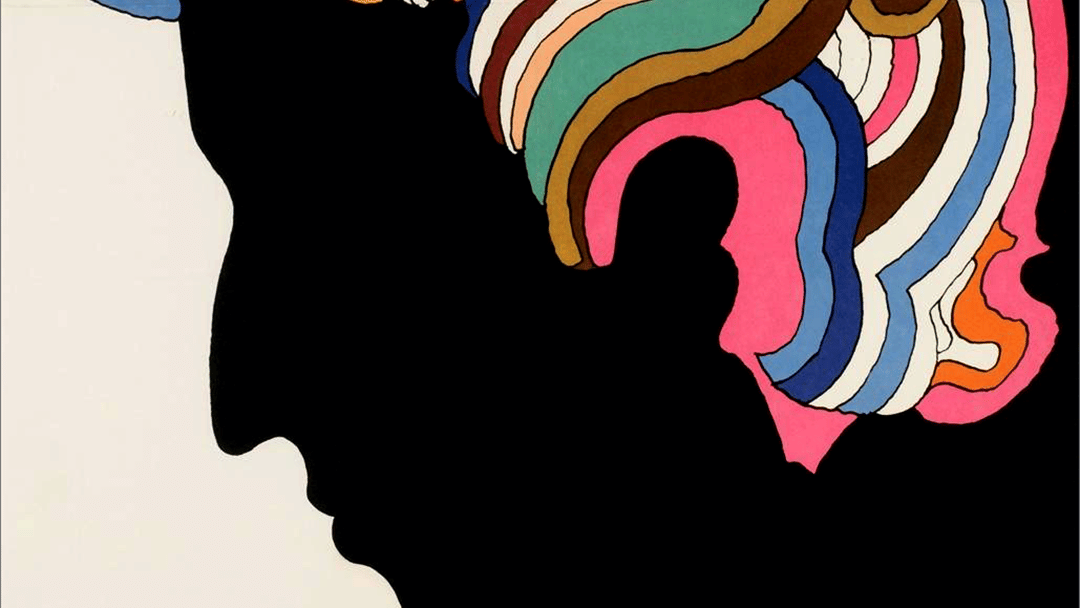Informed Design is Good Design
Informed design is good design. And good design comes from an informed designer.
The most successful projects are those which the designers are most close to personally. This isn’t to say that we should only design what we know and use, leaving 90% of the world out of our reach. It is to say, however, that research into the product or service, knowing the audience, and reaching out and discovering new worlds for ourselves is necessary for good resonating work.
The influence which designers such as Milton Glaser had on the design world was due to their closeness to our culture and their willingness to enter and absorb new worlds.
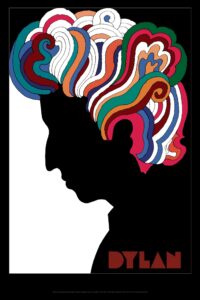

>>> “When you think of the Dylan poster, that really speaks to a generation. That wasn’t his generation but he was able to understand what was happening and see what was happening and make work about in response to what was happening. That’s very unusual. I see the same thing in the poster for “Angels in America.” To take the raw pain of a generation of gay men who were all dying and transform it into a piece of art.” – Brookie Maxwell, artist and former Glaser student
It’s not just about creating things that look good, it is crucial to our role to learn and soak up as many other cultures and existences as we can.
We need to read the books we’re creating the covers for, listen to the musicians we’re making the posters for, get a drink at the bar that we’re building the brand for, and understand the audience for the kitchen company we’re designing a kettle for…
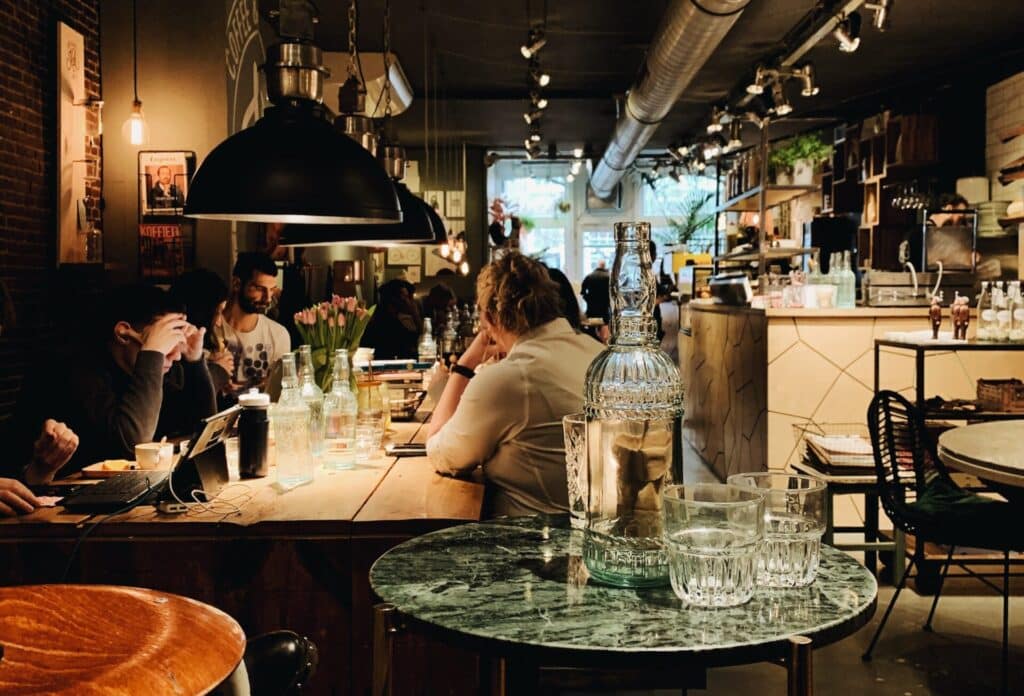
This will not only help us achieve a design brief on a more authentic level but helps us escape the dangers of homophily – the tendency of individuals to flock together with similar people.
Which sounds nice enough…
Though this can put a roof on our creativity and stop us from questioning our own beliefs. And in today’s world of social media and following only who you want to follow, it’s easier than ever before to create an environment that is simply just an echo chamber of ourselves; constantly affirming our own beliefs and biases.

Getting to know the audience.
Beyond knowing the product or service you’re designing for (which is essential), you also need a clear idea of who you are aiming at with your design. To the self-obsessed designer, this often gets overlooked because it feels like unnecessary work, but a well-informed work will answer questions such as …
What is the age group of the audience?
Who is the targeted gender?
What is their culture tied to and what does it represent?
What are the general life experiences of the audience?
Are there any relevant political divides for that audience?
What sort of styles are representative of the culture?
How do they talk? Do they have a vernacular?
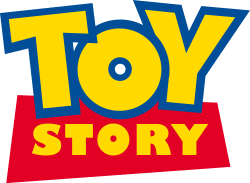
Primary yellows, reds, and blues, with large assembled type, clearly communicates the content of the film. [Pixar – Toy Story]
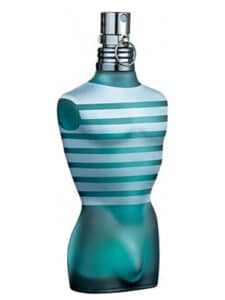
A simple example of a product aimed at men being designed in the shape of an idealised man (aka not me). [Jean Paul Gaultier – Le Male]
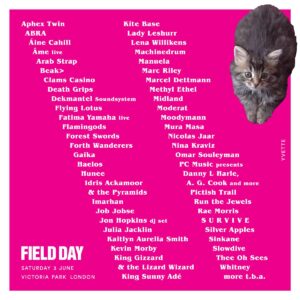
This poster for Field Day 2017 embodies a modern DIY approach. Rich with the vernacular of today’s internet culture this poster communicates a style of kitsch and charm only relevant to kids brought up with iPads in their cribs.

McDonald’s is cheap, cheerful, and sinfully aimed at children. The vernacular used in this slogan applies a common touch. It associates itself with a broad range of people; placing the McDonalds brand down to an approachable every-man-woman-and-child level.
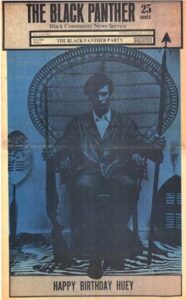
This cover from The Black Panther Party Newspaper is a clear example of political communication. By placing Huey P. Newton with a rifle, an African spear, and sitting in what looks like an African throne, conveys a sense of power, royalty, and strong iconography; referencing the African roots of the African-American with a feeling of pride while still showing the fight and urgency of the Civil Rights Movement in America at that time.
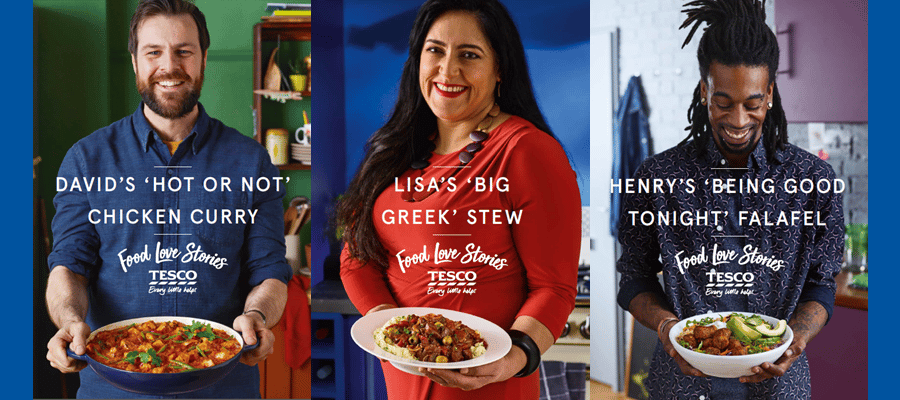
This ad campaign for Tesco wants to draw the attention of ordinary people. Showing the diversity of their customers and their recipes with relatable smiling faces, Tesco has developed an ad campaign that makes the stomach growl while inspiring homemade food and strangely evokes a sense of community.
Today much of the audience research can be found online, and you can get super specific too. Things like Twitter and Facebook offer so much control of who you advertise too. These details are valuable to big businesses and are worth a lot of money, but simply doing the online research should never be all your research as a designer. You won’t get the feel or the duende needed to create truly magical design.
Through the initial online research, you can find the bars, the festivals, the music, the food, the restaurants that your audience is experiencing, but then… actually, go to the bars, eat the food, and listen to the music.

From this, you get a first-hand feel for the presence of all these places and people.
You can see and touch the veneer on the seats, you can smell the stench of the meats, and see the sweat drop from the saxophonist’s nose – and it’s beautiful. All of it.
An informed designer creates informed design and this is how good work will be created.
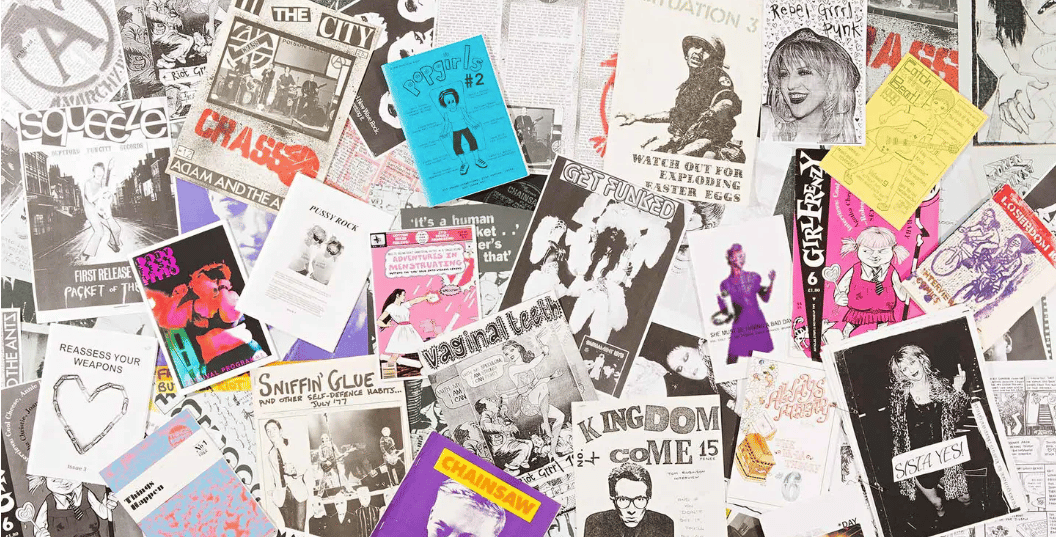
It’s why things like fanzines and pirate radio had so much impact in their day. Because it was created purely by the people who loved it and lived it all the time. They created things they wanted to see themselves and it was evocative because the creator was the audience.
Authenticity is a powerful force and as a hired gun for any given project, you need to replicate that authenticity as honestly and as rapidly as possible. It’s got to be real.
